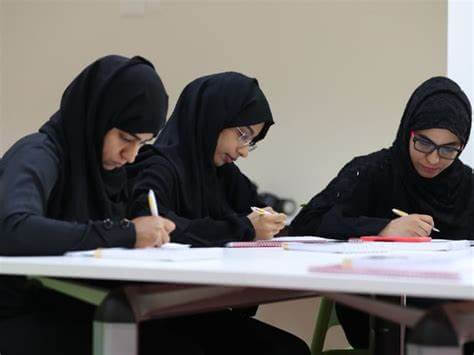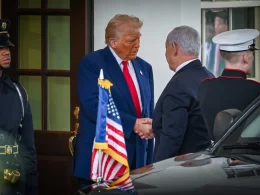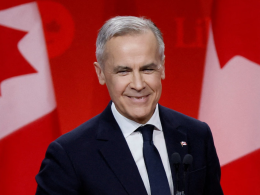The Islamic Republic of Iran's Deputy Education Minister admitted over the weekend that the widespread poisoning of young female students in cities like Qom was intentional and in retaliation for protesting. This is the latest news out of Tehran as Iranians continue to protest against the Islamic Republic demanding regime change for over five months.
According to reports, Younes Panahi, deputy education minister, said that some individuals "sought the closure of all schools, especially girls' schools."
While the minister did not provide any further detail about who the individuals were, many experts speculate that the Islamic regime was involved, given the resistance to the Sharia-laws against schoolgirls in Iran.
On Twitter, Iranian Human Rights Activist Masih Alinejad posted a video and photos of ambulances with medics treating women poisoned while noting that authorities of the Islamic Republic have not cared about the ongoing cases. Following that video post, Alinejad posted a photo of schoolgirls in an Iranian hospital covered in blankets, saying that the poisoning of young school girls is the "revenge of the terrorist regime of the Islamic Republic against the brave women who flagged the mandatory hijab and shook the Berlin wall of Khamenei."
"It has been revealed that the chemical compounds used to poison students are not war chemicals, and the poisoned students do not need aggressive treatment, and a large percentage of the chemical agents used are treatable," Panahi declared in a weekend press conference.
Some on Twitter speculated that the poison toxin used against female schoolgirls in places like Qom might be phenolic acid which can cause gastrointestinal discomfort to the organs in the body and even death.
When the poisoning began in December of last year following the protests, Panahi called the reports "rumors," stating the students contained "underlying disease."
In an interview with the website Didabaniran, Homayoun Sameh Najafabadi, a member of the health committee of the Islamic Republic parliament, explained that the poisoning of female students in schools throughout the country was indeed intentional.
On Sunday, Majid Monemi, the Deputy governor of Lorestan province, said that around 50 female students at a high school in Borujerd were poisoned again. While the Islamic Republic and officials throughout different cities have not determined the cause of the poisoning, local media outlets throughout Iran say regime supporters could be enacting such poisonings to prevent women from attending school and protesting the regime's hijab policies similar to the Taliban and their efforts to prevent women from going to school in Afghanistan.
According to an anonymous Iranian doctor in Iran who spoke to the Guardian, the motive behind such actions was to scare the protesters by "using extremist groups radical Islamists inside and outside the country."
"They want to take revenge on schoolgirls who are the pioneers of the recent protests," the doctor said. "Never before have I treated someone who was poisoned with organophosphate agents. The only cases I treated were workers who were exposed to these agents in agricultural pesticides," he told the Guardian.
On Twitter, Iran International digital news editor, Maryam Moqaddam, posted a tweet saying that a hardline Islamic religious group called 'Hezaregara' is responsible for the ongoing poisoning of school girls because they are against education for women and girls.
An Iranian cleric says the hardline religious group called ‘Hezaregara’ is responsible for poisoning schoolgirls, adding that they are against education for women and girls. This is exactly the Taliban ideology and the clerical establishment in Iran has not done anything so far https://t.co/zLMtxt1F7f
— Maryam Moqaddam مریم مقدم (@MaryamMoqaddam) February 26, 2023
Despite the serial poisoning throughout Iran, many young women continue to protest the Islamic regime at high schools and universities, chanting the downfall of the Islamic government, burning their hijabs, and tearing up portraits of former Iranian Supreme Leader Ayatollah Ruhollah Khomeini and current Supreme Leader Ali Khamenei.
Protests first began in September in reaction to the death of 22-year-old Mahsa Amini who was beaten by the morality police for wearing improper hijab.
In response to the protests, the Islamic security forces and supporters continue to harass women protesting on the streets and universities, arresting, beating, and even killing them using their fits, batons, and guns.
Related Story: Iranian College and High School Students Come Out in Droves Against the Regime










